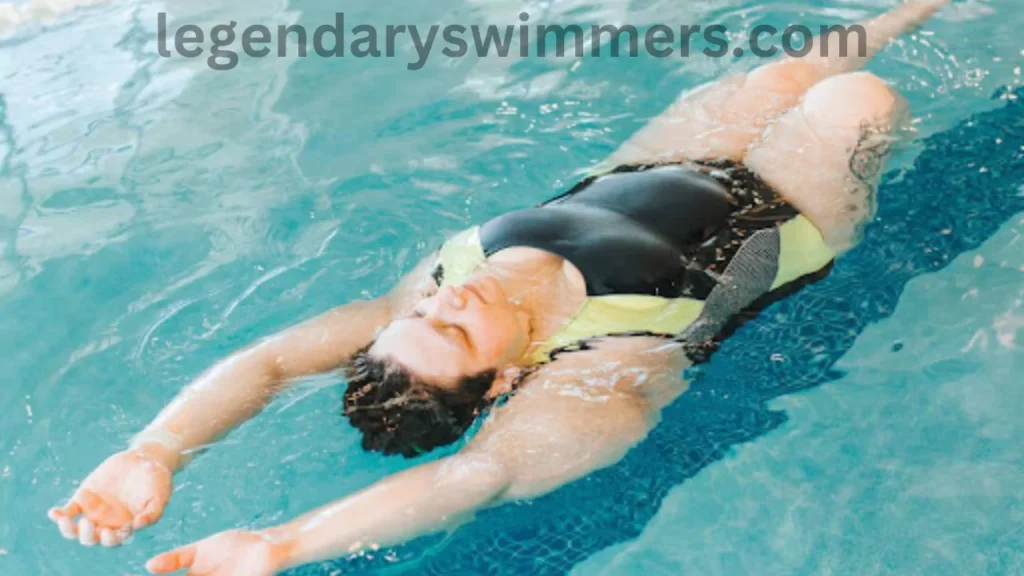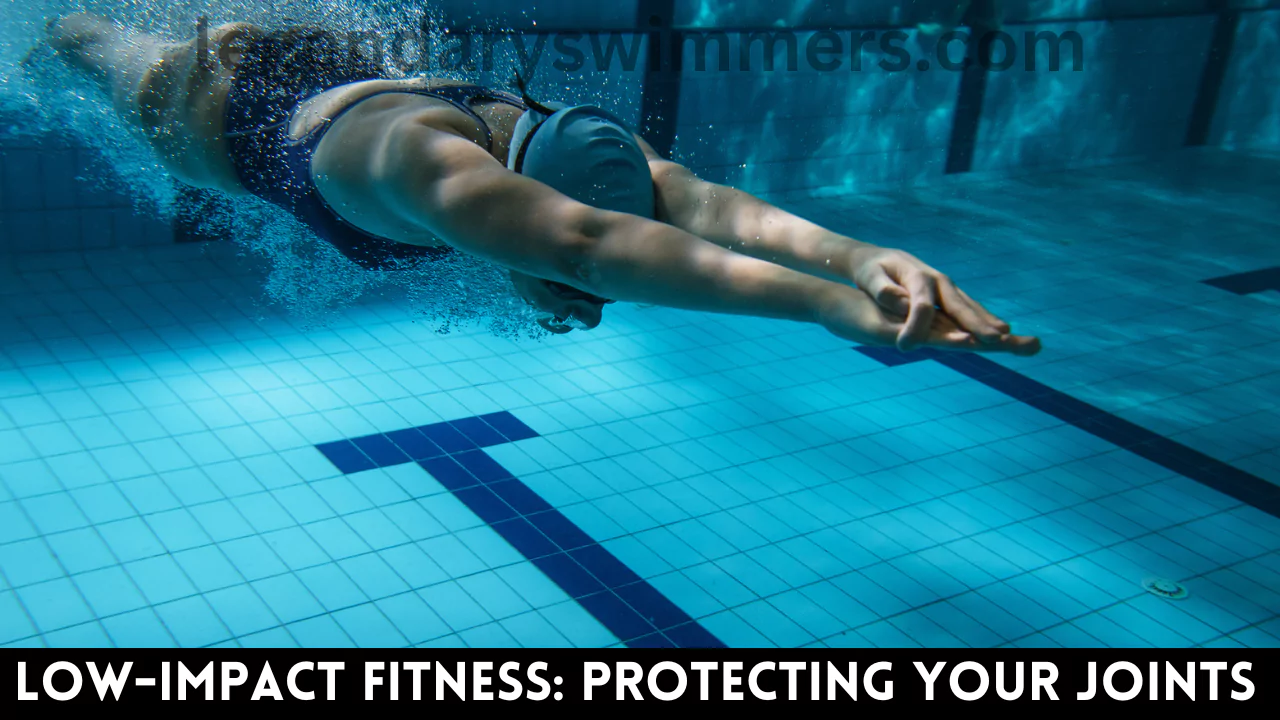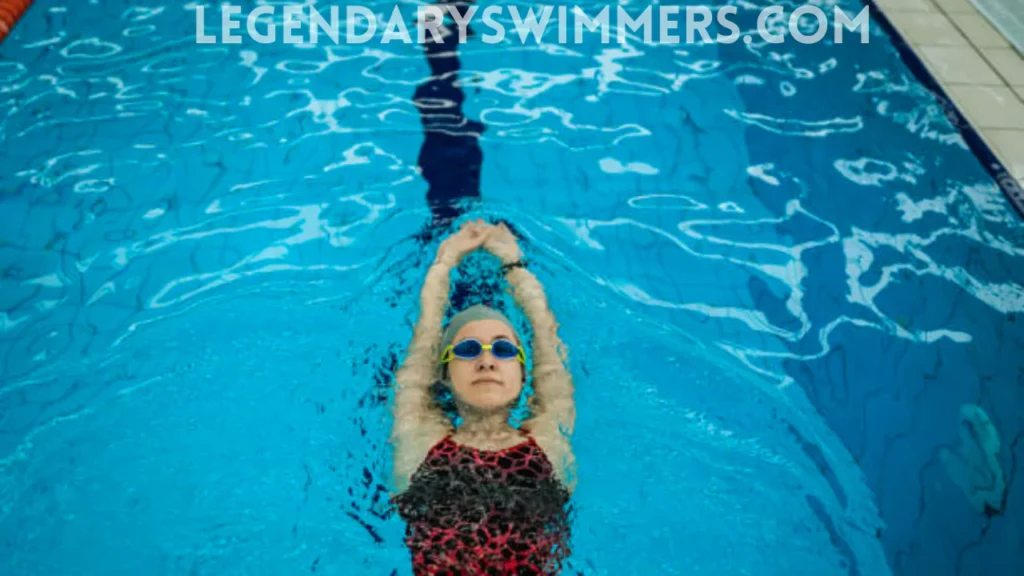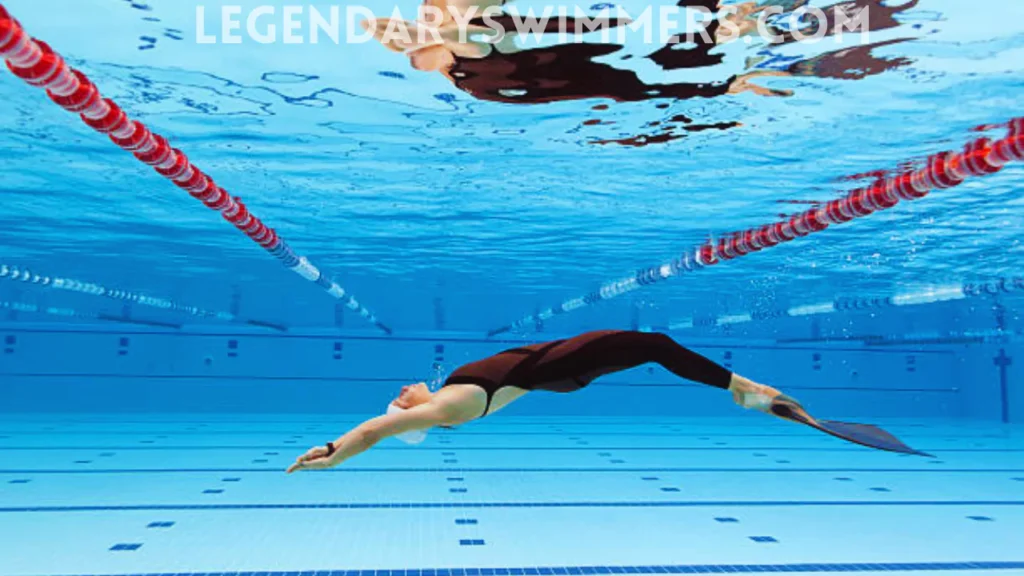
Swimming After Giving Birth: 6 Expert Tips (2024)
- Updated:
As you embark on this exciting journey of motherhood, taking care of your own health and well-being is crucial. Postpartum fitness is essential, not only for physical recovery but also for mental well-being. Among the various forms of exercise, swimming stands out as an excellent choice for new mothers. Its low-impact nature, full-body workout, and soothing effects make it an ideal post-birth exercise.
In this article, we’ll explore why swimming after giving birth is beneficial and offer six expert tips to help you get motivated and back in the pool. Whether you’re a seasoned swimmer or new to the sport, these tips will guide you through starting, maintaining, and enjoying your swimming after giving birth.
Understand the Benefits of Swimming Postpartum
Swimming offers a multitude of benefits, especially for new mothers navigating the postpartum period. As a low-impact exercise, it provides a gentle yet effective way to regain fitness and well-being after childbirth. Let’s delve deeper into the specific advantages that make swimming a standout choice for postpartum exercise.
Expert Insight: According to the American College of Sports Medicine, water-based exercises like swimming are beneficial for people with joint issues or recovering from injury because the buoyancy of water reduces joint stress (ACSM, 2017).
Low-Impact Exercise: Gentle on the Joints

One of the most significant benefits of swimming is its low-impact nature. Unlike high-impact activities such as running or aerobics, swimming reduces the stress placed on your joints and connective tissues. This is particularly important during the postpartum period when your body is still healing from childbirth. The buoyancy of the water supports your body, lessening the impact on your joints and reducing the risk of injury. This allows you to engage in a full-body workout without putting excessive strain on your recovering body.
Benefits of Buoyancy:
- Reduced Impact: The water’s buoyancy supports up to 90% of your body weight, significantly lowering the load on your joints and muscles.
- Increased Comfort: With less strain on your body, you can exercise more comfortably and with greater ease, making it easier to stick with a regular routine.
- Pain Relief: The gentle resistance of the water can also provide relief from sore muscles and joint pain, which is beneficial for postpartum recovery.
Cardiovascular Health and Weight Loss
Engaging in regular swimming sessions can profoundly impact your cardiovascular health and aid in weight management. Here’s how:
- Heart Function: Swimming is an excellent way to boost heart function. As a form of aerobic exercise, it elevates your heart rate and improves circulation. This strengthens your heart muscle, enhances lung capacity, and increases overall stamina.
- Endurance: Studies have shown that consistent swimming can help improve endurance levels. This is particularly beneficial for new mothers, as increased energy and stamina can make daily tasks easier and more manageable.
Weight Loss:
- Caloric Burn: Swimming is an effective calorie-burning exercise. Depending on the intensity and duration, you can burn a significant number of calories during a swim session. For example, a moderate swim session can burn between 400 to 700 calories per hour.
- Metabolism Boost: Regular swimming helps boost your metabolism, which can aid in weight loss and prevent weight gain. This is particularly helpful as you work towards your pre-pregnancy fitness levels.
- Body Toning: Swimming engages multiple muscle groups simultaneously, contributing to improved muscle tone and strength. As a result, you can work towards reshaping and toning your body in a balanced manner.
How Swimming Supports Postpartum Recovery
Swimming is highly effective in strengthening core muscles and improving flexibility. The core muscles, including the abdominal and lower back muscles, are often weakened after childbirth. Swimming helps rebuild these muscles gradually, which is essential for overall stability and strength.
Combating Postpartum Depression
Research indicates that regular physical activity, such as swimming, can help alleviate symptoms of postpartum depression. The endorphins released during exercise act as natural mood lifters, promoting a sense of happiness and well-being.
Get a Green Light from Your Doctor
Most experts recommend waiting about 6-8 weeks postpartum before resuming swimming. This allows time for your body to heal and for any postpartum bleeding to stop. However, this timeline can vary based on individual circumstances, such as the type of delivery and any complications you may have experienced.
When Can You Start Swimming After Giving Birth?
It’s crucial to get a medical clearance before starting any exercise routine. Your healthcare provider will assess your recovery and provide personalized advice on when it’s safe to return to swimming. They may also offer guidance on what types of exercises are appropriate for your specific situation.
How to Ensure You’re Ready
Obtaining medical clearance ensures that your body is ready for physical activity. This step helps prevent complications and ensures that you are engaging in exercises that are safe for your recovery stage.
Discussion Points with Your Provider
When consulting your doctor, discuss the following points:
- Intensity of Exercise: How vigorous can your workouts be?
- Types of Exercises: Are there specific exercises or swimming strokes to avoid?
- Recovery Monitoring: What signs should you watch for to ensure you’re not overdoing it?
Start Slowly and Set Realistic Goals
Starting with Low-Intensity Sessions
Begin with low-intensity swimming sessions to avoid overexertion. Start with gentle strokes, such as the backstroke or breaststroke, and gradually increase the intensity as your body adjusts. Short swim sessions of 15-20 minutes can be a good starting point.
Gradual Increase
As your stamina improves, you can gradually extend the duration and intensity of your swims. The key is to listen to your body and progress at a pace that feels comfortable and sustainable.
Setting Realistic Expectations
Small, Achievable Goals
Set small, achievable goals to maintain motivation. For example, aim to swim twice a week initially and gradually increase the frequency. Celebrate your milestones, whether it’s increasing swim time or trying a new stroke.
Listening to Your Body
It’s essential to listen to your body and take breaks as needed. Postpartum recovery is a gradual process, and pushing too hard can lead to setbacks. Be patient with yourself and adjust your routine based on how you feel.
Find the Right Swim Gear
What to Wear?
Comfortable Swimwear
Choosing the right swimwear is crucial for comfort and confidence. Look for swimwear that provides adequate support and is easy to wear. Nursing-friendly swimsuits can be especially practical if you are breastfeeding.
Product Recommendations
To enhance your swimming experience, consider these products:
- Shorty Wetsuit Women’s: Provides warmth and a snug fit for comfortable swimming.
- Dark Lightning Wetsuits: Ideal for cold water swimming, offering warmth and flexibility.
How the Right Gear Can Boost Motivation
Wearing the right swim gear can make a significant difference in your swimming experience. Comfortable and well-fitting swimwear boosts confidence and makes the activity more enjoyable. Investing in quality gear ensures you feel supported and ready to swim.
How to Integrate Swimming into a Busy Schedule
Balancing a new baby with your fitness routine can be challenging. Try incorporating swimming into your daily schedule by choosing times that work best for you, such as early mornings or late evenings. Setting a consistent routine helps make swimming a regular part of your life.
Flexible Scheduling
Be flexible with your swim schedule. Life with a newborn can be unpredictable, so adapt your swimming routine as needed. If you miss a session, don’t be discouraged—just get back on track as soon as possible.
Can You Swim with a Baby?
Many pools offer family swim sessions where you can bring your baby along. Look for local swimming facilities that provide these options. Swimming with your baby can be a fun and bonding experience.
Products for Added Comfort
Consider using products like the Aqua Step for Hydrotherapy and Kiefer Rings for Hydrotherapy for gentle water exercises. These products can enhance your swimming experience and make workouts more comfortable.
Why Joining a Swimming Group Can Help
Joining a swim class or group can be incredibly beneficial for your motivation and support. When you become part of a community of swimmers, you gain a sense of accountability that can help you stay committed to your routine. Knowing that others are counting on you and that you have a scheduled time to swim makes it easier to stick with your goals.
In addition to the accountability factor, being part of a swim group can make the experience more enjoyable. Social interactions with fellow swimmers can add a fun and engaging element to your workouts. Sharing tips, celebrating achievements, and simply enjoying the camaraderie can enhance your overall experience, making each swim session something you look forward to.
Expert Insight: Research from the American Journal of Lifestyle Medicine suggests that social support and group activities can significantly increase adherence to exercise routines (Johnson, 2020).
How to Find a Swim Buddy
Look for a friend or fellow new mother to swim with. Having a swim buddy can provide encouragement and make your workouts more enjoyable. Share your goals and progress with each other for added motivation.
Encouragement and Final Thoughts
Returning to swimming after giving birth can be a rewarding and invigorating experience. Embrace the journey and remember that consistency and patience are key to achieving your fitness goals. Enjoy the process of getting back into shape and the benefits of swimming for both your body and mind. Visit Legendary Swimmers for more information and to shop for your perfect swim gear. Let us support you on your journey to postpartum fitness!
Our Recommended Products
Ready to dive back into swimming? Explore our range of swimming products designed to enhance your aquatic workouts.
 Speedo Women’s Swimsuit One Piece Endurance+ Flyback
Speedo Women’s Swimsuit One Piece Endurance+ Flyback
 TYR Women’s Durafast One Diamondfit Workout Bikini
TYR Women’s Durafast One Diamondfit Workout Bikini
 ATTRACO Womens One Piece Swimsuit Athletic Bathing Suits Training Sport Swimwear
ATTRACO Womens One Piece Swimsuit Athletic Bathing Suits Training Sport Swimwear
FAQs:
Q. How long after giving birth should I wait before swimming?
A. Generally, waiting 6-8 weeks postpartum is recommended, but always consult with your doctor for personalized advice.
Q. Can I swim if I had a C-section?
A. Yes, but it’s important to get clearance from your healthcare provider and follow their recommendations for recovery.
Q. Why is swimming recommended for postpartum fitness?
A. Swimming offers low-impact exercise that supports cardiovascular health, strengthens muscles, and improves mental well-being, making it ideal for postpartum recovery.
Q. What are the best types of swimming strokes for new mothers?
A. Start with gentle strokes like the backstroke or breaststroke. These are less strenuous on the body and help gradually build strength and endurance.
Q. How do I deal with body changes and self-confidence issues when returning to swimming?
A. Focus on small, achievable goals and celebrate your progress. Wearing comfortable swimwear and surrounding yourself with supportive friends can also boost confidence.
Refrences:
- American College of Sports Medicine (ACSM)
- National Institutes of Health (NIH)
- Mayo Clinic
- National Health Service (NHS)
Related: Why Swimming is Best For Moms Experiencing PND- 2024

Natasha Nicole Leyva
Hi, I’m Natasha—swimmer, coach, and aquatic fitness enthusiast. My journey began in New Zealand after a professor recommended swimming to help with a knee injury. The low-impact nature of swimming worked wonders, and it quickly became my favorite form of exercise. This passion grew into a thriving swim academy, and soon, requests for aquatic fitness classes started pouring in. After becoming certified, I realized how powerful water workouts could be for recovery and fitness. Now, I share my expertise here to help others experience the benefits of aquatic movement—whether for recovery, fitness, or fun!







